How to propagate milkweed: tips and tricks
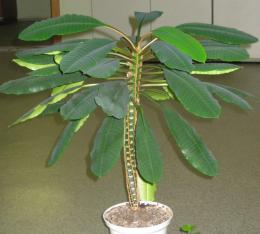
The most popular among gardeners from the Euphorbiaceae family is spurge. There are about 2,000 species of this plant, many of which are grown as indoor plants. Another name for the plant is Euphorbia. To grow milkweed, certain conditions must be created.
Content:
Indoor spurge: types
Euphorbia is a perennial plant that gets its name due to the secretion of milky sap. Since the sap of the plant is poisonous, gloves should be used when caring for the plant. In many plant species, the leaves are collected in rosettes, and the flowers are in inflorescences. Depending on the type of milkweed, the stem can be with or without thorns, cactus-shaped, fleshy, faceted. There are certain types of milkweed that can only be grown indoors. Several of them are the most common.
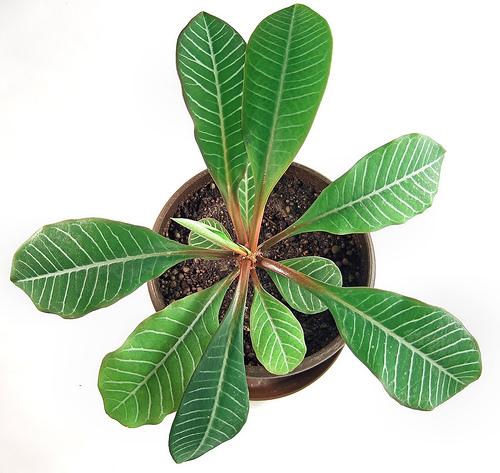
Euphorbia triangular. The plant grows from one trunk. After a few years it begins to branch. The ribs are triangular with small spines. At the tops of the shoots there are oblong leaves. Euphorbia Mile. Strongly branching decorative flowering succulent. It can reach a height of up to 1.8 meters. The leaves are triangular, ribbed, with spines on the edges. The plant can bloom all year long. Euphorbia coarse-toothed. This is a stem tree, the branches of which are 1.5 cm in diameter. The leaves are scale-like, with grooves on the edges of the ribs.It is distinguished by its decorative properties due to the existing thorns.
White-veined milkweed. The stem of the plant is long and ribbed. Can reach a height of up to 1.5 meters. There are small spines on the ribs. The leaves are dark green, oval, and have silver veins.
Beautiful spurge. An evergreen shrub that can reach a height of up to 3 meters. The leaves are oblong, petiolate. There are small spines along the edges. The bract can be pink, bright red and yellow. Euphorbia Jellyfish Head. In appearance it resembles the Head of a jellyfish. The trunk is brown. Numerous green shoots. The flowers are yellow with a greenish tint and are located at the ends of the shoots.
Methods of propagation of milkweed
You can propagate spurge at home in three ways:
- cuttings
- seeds
- dividing the bush
The most commonly used method is propagation by stem or leaf cuttings. Carefully cut a small section of 12 cm from the top of the shoot and lower it into warm water. This is done to stop the secretion of milky juice. Then treat the cut areas with charcoal. After this, leave the plant until a film forms.
Next, treat the cuttings with root and plant. Sand and peat can be used as a mixture. After planting, water generously and cover with plastic wrap. In order for the cutting to take root, it should be placed in a warm place where the temperature should be at least 20 degrees. If the procedure is performed correctly, rooting occurs within a few weeks.
Video on how to root spurge during propagation:
Propagation by leaf cuttings is carried out as follows: pinch off a small leaf from an adult healthy plant.The procedure must be performed with gloves, as the release of poisonous juice will begin. Then sprinkle with any root growth stimulator and plant. Next, pour generously and cover with film. Cuttings should be ventilated regularly. After 30 days, the leaves will take root. This method of propagation is more often used for triangular or white-veined milkweed.
When propagating by seeds, it is necessary to carry out stratification seeds. Sowing is carried out in light soil at a depth of 2.5 cm. Then cover the container with film and germinate at a temperature of 20-23 degrees. The first shoots can be detected 2-3 months after sowing. The seeds should be ventilated regularly. The soil should be slightly moist. After 2-3 leaves appear, the seedlings can be replanted. Reproduction by dividing the bush is carried out in early spring or autumn. You can divide the plant into any parts, the main thing is that there is at least one bud on the division. After the juice has drained, treat the cut areas with charcoal. Next, plant the prepared divisions in separate pots. In the first year, the plant's color is weak and its growth is significantly retarded. Euphorbia will delight you with abundant flowering only after 2 years.
Houseplant care

Caring for milkweed is quite simple. In summer, spurge grows well at a temperature of 20-22 degrees. In winter, the optimal temperature for milkweed is 16 degrees. It is advisable to place the plant on southern windows, where there is a lot of light. Euphorbia should be watered occasionally, once a month in winter, more often in summer. It is important to ensure that the soil didn't dry out.
Plants should only be replanted if necessary. Tall plant species are best placed in tall and heavy pots. Euphorbia loves dry air more than moist air.Therefore, it is not advisable to spray the plant often. In order for the plant to enjoy its flowering for a long time, it should be properly cared for.
Interesting information about the vegetable garden

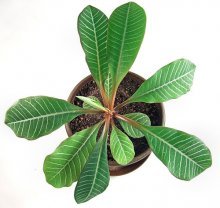

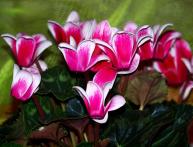
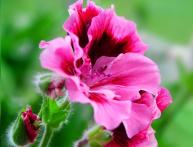


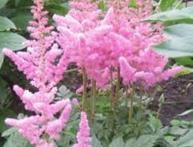
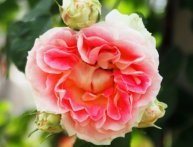
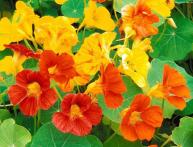
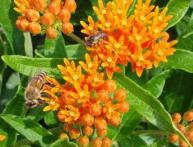
Comments
It was very interesting to read the article about milkweed. I had a beautiful euphorbia (poinsettia), it was easily propagated by cuttings. And the other, ribbed, was shooting out seeds and small sprouts were constantly appearing from neighboring pots)
A friend once gave me such a flower. Very beautiful and unusual in appearance. Everyone asks what kind of palm tree you have growing. it propagates so easily by seeds that all my relatives received such a gift from me))